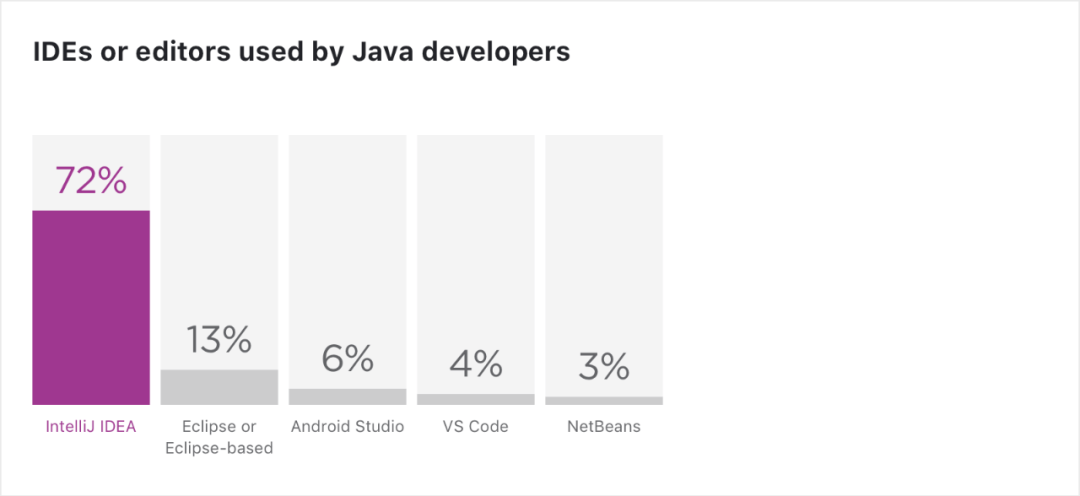
At least you should clear the text field, which will setup the profiler to start profiling from the application's main method and will also profile each new Thread and/or Runnable. See the tooltip for a hint on the required format. See the Profiling With VisualVM, Part 2 article for detailed information on the profiling settings.įor CPU profiling, you have to define the profiling starting point(s). Choose whether you want to profile performance or memory of the application and define the desired settings. Java .authenticate=false .port=5000 .ssl=false -jar GameOfLife.The second step defines profiling settings used for the session.

Unsecure JMX remote monitoring JVM options Short introduction for Java Garbage Collectors: Java -cp target/ .profilerproject.Deadlock Java -cp target/ .profilerproject.RunnableHello Java -agentpath:/Users/mb/Downloads/YourKit-Java-Profiler-2016.02.app/Contents/Resources/bin/mac/libyjpagent.jnilib -verbosegc -cp target/ .profilerproject.PrimeCalculator If you can not attach to an already running java application and you are asked to start the java application with the user agent you need to use the following way to start an application with a profiler agent: Provides information similar to Yourkit Java profiler, however lacks several advanced information like thread blocking and deadlocks that can be easily seen in YourKit Java Profiler. In order to understand what output of different fields in verbosegc output means, take a look at this link JvisualVM / VisualVM and VisualGC Use -XX:+PrintGCDetails to get detailed log of the GC activities Use -Xloggc: filename to log the gc data into a file and you can later use this file in HPJmeter to visually analyze gc information. Java -verbosegc -cp target/ .profilerproject.PrimeCalculator Note: Forcing GC (if JDK>=7) jcmd 32377 GC.run -verbosegc option To get percentage of space used for each region

jstat mainly provides information about GC, class loader operation and JIT compiler operation information. Jstat is a monitoring tool for HotSpot JVM.
Visualvm vs jprofiler code#
Much more CPU intensive and uses Byte Code Injection into every method’s entry and exit to track invocations jstat: Java -agentlib:hprof=cpu=times -cp target/ .profilerproject.PrimeCalculator

Java -agentlib:hprof=cpu=samples -cp target/ .profilerproject.PrimeCalculator In addition you can execute queries on the heap dump using OQL (Object Query Language). This creates an http server at port 7000 with the info in a presentable format. If getting the output file in binary format you should use jhat tool to read that binary file Java -agentlib:hprof=heap=dump,format=b -cp target/ .profilerproject.PrimeCalculator Java -agentlib:hprof=heap=sites -cp target/ .profilerproject.PrimeCalculator This identifies the most heavily allocated object types, and the TRACE at which those allocations occurred. Heap Allocation profiles (heap=sites) which provides a sorted list of allocation sites. Some of the types of profiling you can do with hprof are: In order to get the list of options available for hprof use:

The options to hprof are provided as a commas separated list. The data generated can be in textual or binary format, and can be used to track down and isolate performance problems involving memory usage and inefficient code. By supplying HPROF options at startup, users can request various types of heap and/or cpu profiling features from HPROF. hprof is actually a JVM native agent library which is dynamically loaded through a command line option, at JVM startup, and becomes part of the JVM process. There are command line as well as GUI tools to perform different profiling tasks for Java applications. There are several tools to profile Java applications.


 0 kommentar(er)
0 kommentar(er)
